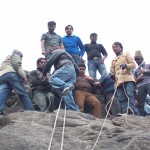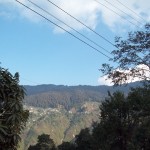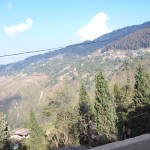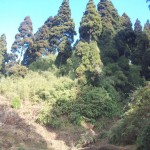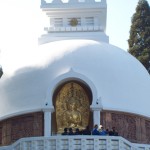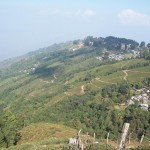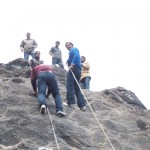Darjeeling is internationally famous for its tea industry and the Darjeeling Himalayan Railway, a UNESCO World Heritage Site. The tea plantations date back to the mid 19th century as part of British development of the area. The tea growers of the area developed distinctive hybrids of black tea and fermenting techniques, and Darjeeling tea is recognised as a geographical indication. The Darjeeling Himalayan Railway connects the town with the plains and has one of the few steam locomotives still in service in India.
Darjeeling is located at an average elevation of 6,710 ft (2,050 m) in the Darjeeling Himalayan hill region on the Darjeeling-Jalapahar range that originates in the south from Ghum.
The history of Darjeeling is intertwined with that of Bengal, Bhutan, Sikkim and Nepal. Until the early 19th century, the hilly area around Darjeeling was historically controlled by the kingdoms of Bhutan and Sikkim, while the plains around Siliguri were intermittently occupied by the kingdom of Nepal, with settlement consisting of a few households of Lepcha people.
Darjeeling’s temperate climate has five distinct seasons: spring, summer, autumn, winter, and the monsoons. The annual mean maximum temperature is 14.9 °C (58.8 °F) while the mean minimum temperature is 8.9 °C (48.0 °F)
Darjeeling can be reached by the 88 km (55 mi) long Darjeeling Himalayan Railway from New Jalpaiguri, or by National Highway 55, also known as the Tenzing Norgay Road, from Siliguri, 80 km (50 mi) away.
A popular food in Darjeeling is the tibetan momo, a steamed dumpling containing meat cooked in a doughy wrapping and served with clear soup and achar.


